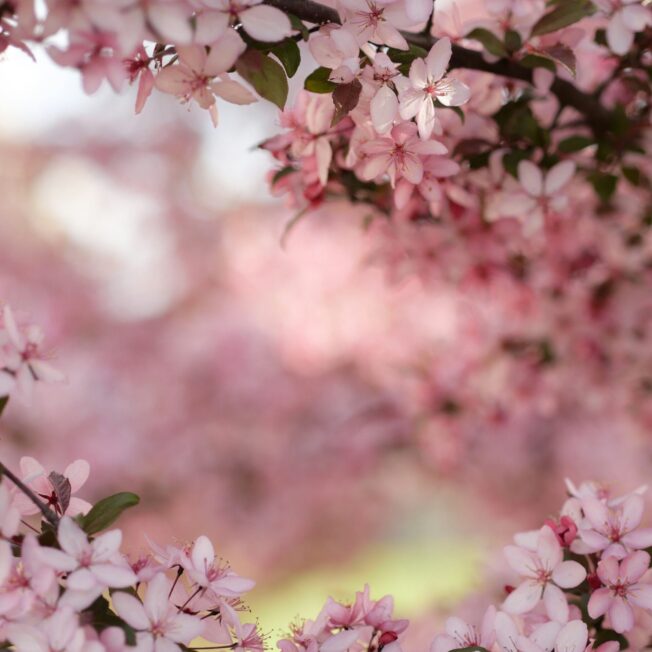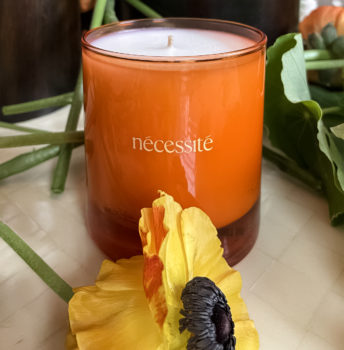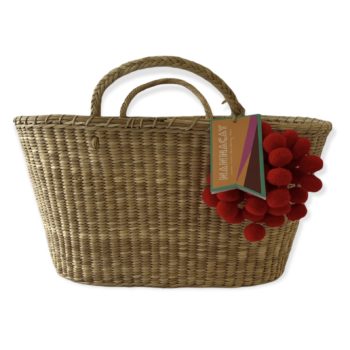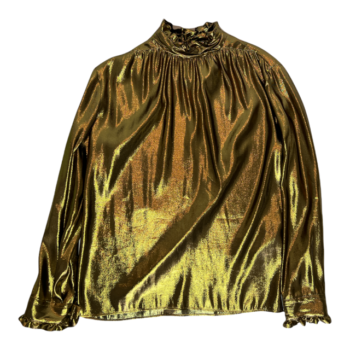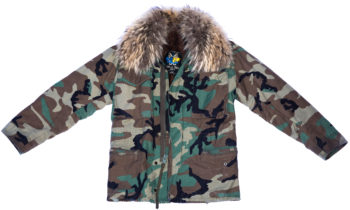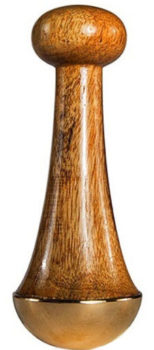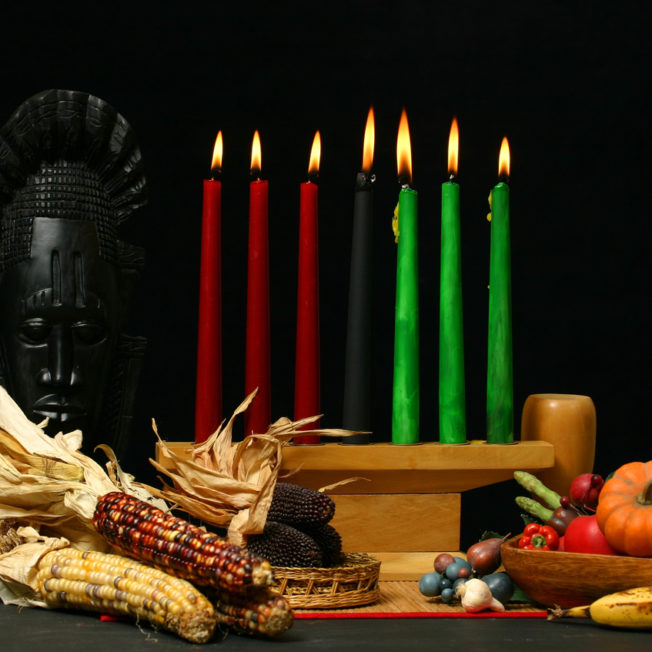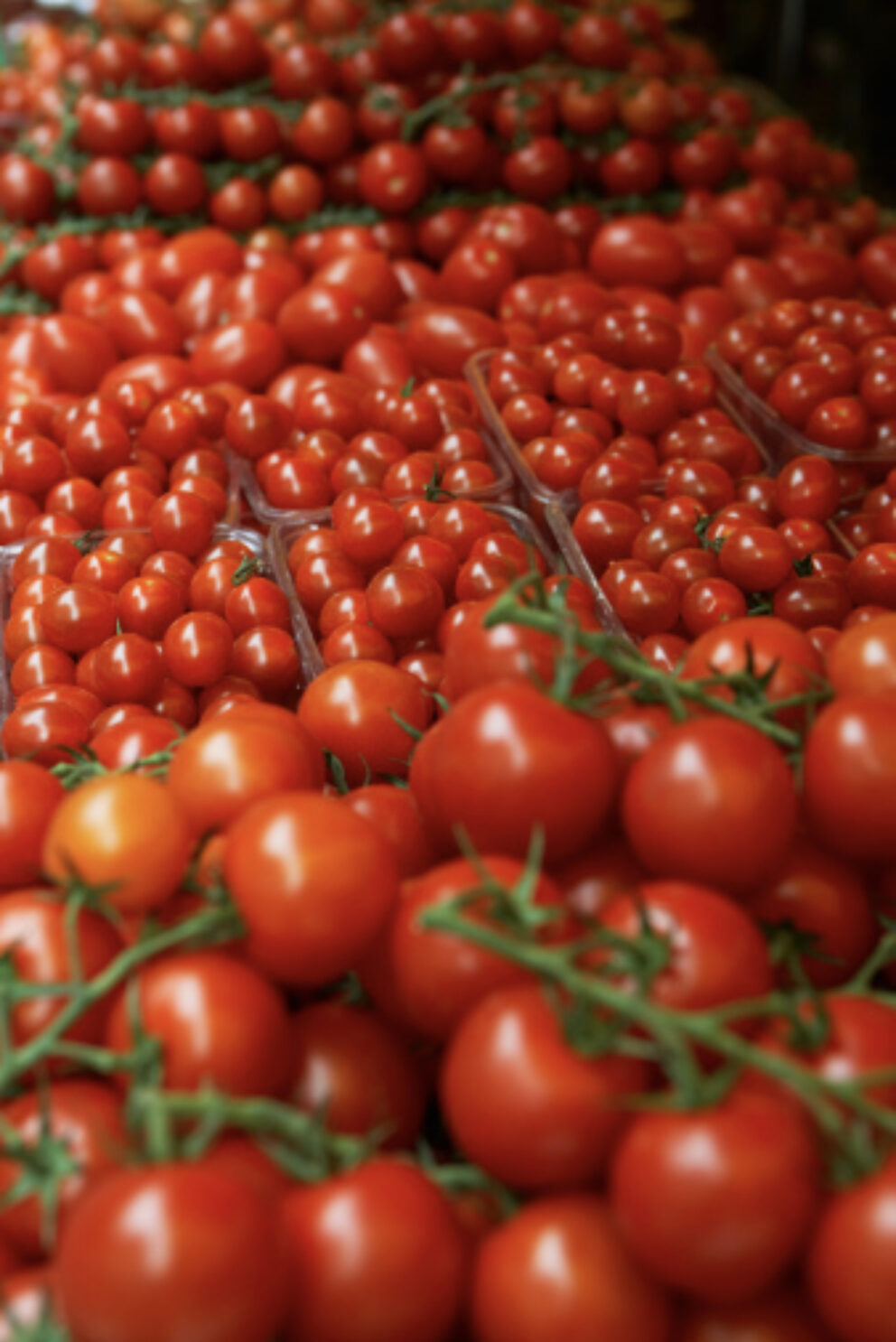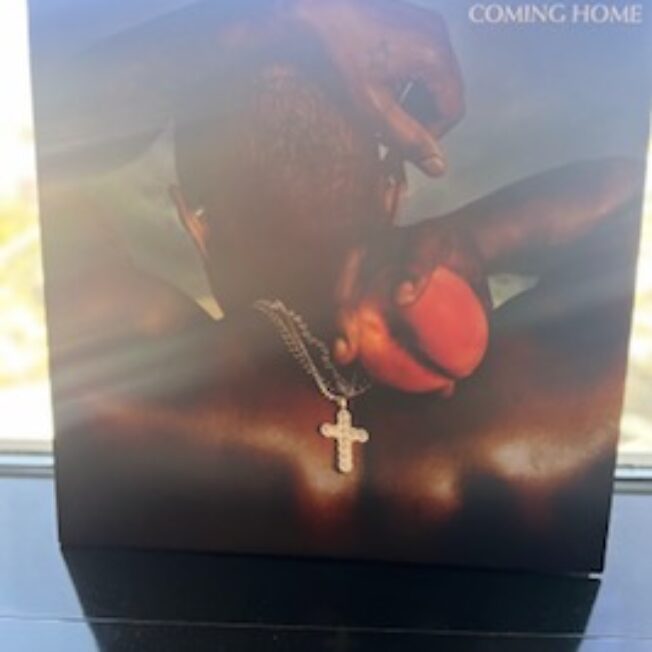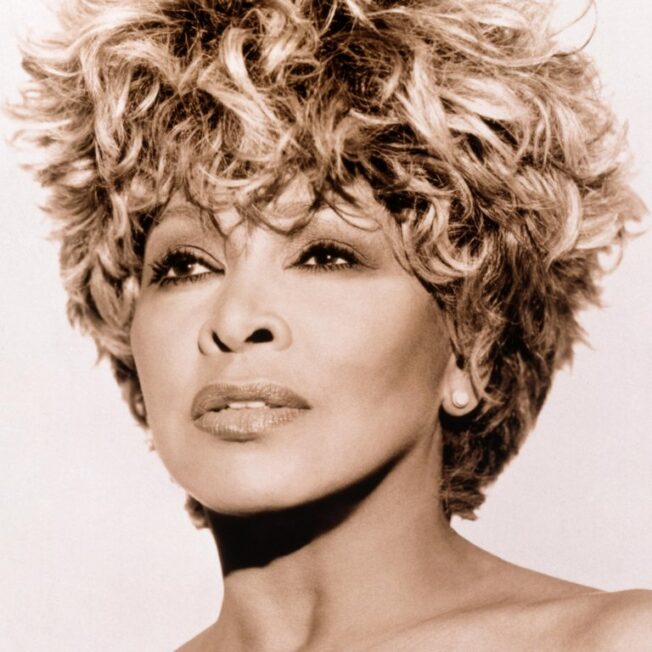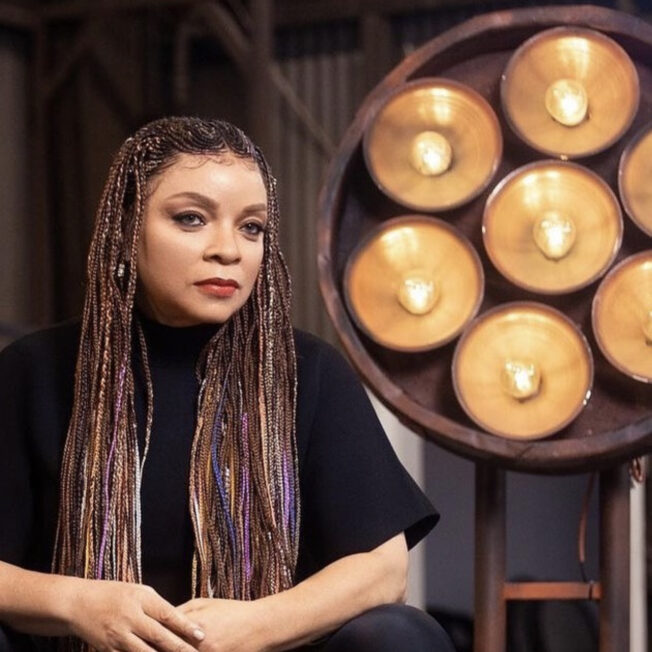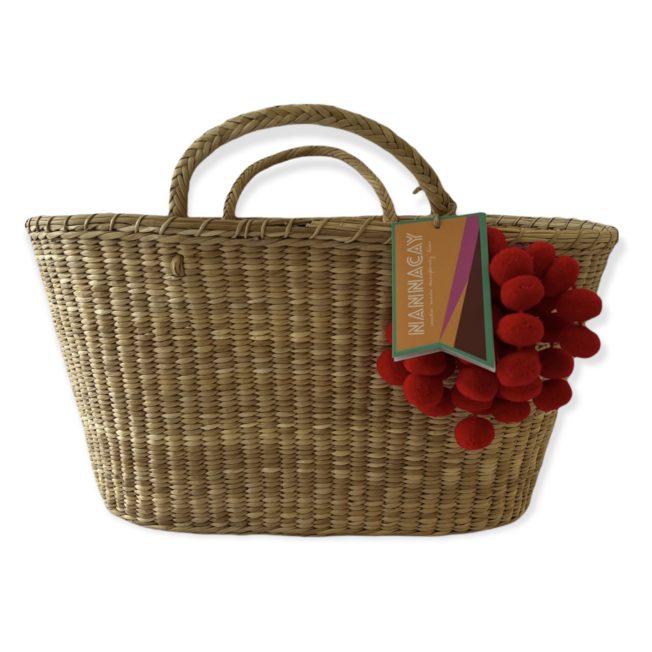We all know the history of Christmas and Hanukkah, but the holiday season includes so much more than the traditional December festivities. In the midst of the decorated trees and fully lit menorahs, Kwanzaa holds a special place during the winter season in America to celebrate African and African-American culture.
When was Kwanzaa introduced to the United States?
The history of Kwanzaa dates back to the mid-1960s, introduced by Dr. Maulana Karenga, professor, and chair of Africana Studies at California State University, Long Beach, in an effort to bring African-Americans together to remember their culture. Harvest festivals are traditionally celebrated across Africa to bring communities together and give thanks for the good things in their lives and the environment, so Dr. Karenga created a festival to oppose the commercial aspect of Christmas and bring these celebrations to the United States.
“As an African American and Pan-African holiday celebrated by millions throughout the world African community, Kwanzaa brings a cultural message which speaks to the best of what it means to be African and human in the fullest sense,” Dr. Karenga wrote in the foreword on the official Kwanzaa website.
He continued, writing, “The holiday, then will of necessity, be engaged as an ancient and living cultural tradition which reflects the best of African thought and practice in its reaffirmation of the dignity of the human person in community and culture, the well-being of family and community, the integrity of the environment and our kinship with it, and the rich resource and meaning of a people’s culture.”
What does Kwanzaa entail?
Derived from the Swahili phrase “matunda ya kwanza” meaning “first fruits,” the holiday is celebrated mainly in the United States. Similar to the central meaning of Thanksgiving, the cultural–not religious–holiday takes place over the course of a week from December 26 to January 1 each year. The seven days mirror the seven key principles (Nguzo Saba) of Kwanzaa and correspond with a candle in a special holder called the kinara.
Much like Hanukkah’s menorah, the candles in the kinara are lit each day, corresponding to that day’s principle. The candles follow along with the color theme of Kwanzaa, including one black candle, three red candles, as well as three green candles. The meaning of each color, according to the official Kwanzaa website, are “black for the people, red for their struggle, and green for the future and hope that comes from their struggle.”
Unity (“umoja”), self-determination (“kujichagulia”), collective work and responsibility (“ujima”), cooperative economics (“ujamaa”), purpose (“nia”), creativity (“kuumba”), and faith (“imani”) are the seven principles of Kwanzaa. In addition to each principle, seven symbols are placed throughout the home to represent African cultural values.
The objects include a woven mat (“mkeka”) to represent foundation, a candle holder (“kinara”) to represent parents, seven candles (“mishumaa saba”) to represent the principles, a unity cup (“kikombe cha umoja”) to serve as an offering to a spirit of God in memory of a loved one who has passed, an ear of corn (“muhindi”) to represent each child in the family, a bowl of fruit and vegetables (“mazao”) to represent the harvest, and gifts (“zawadi”) for the children for keeping their promises throughout the duration of the year.
In addition to the principles and symbols throughout Kwanzaa, five values are central to all of the activities that take place during the week including ingathering, reverence, commemoration, recommitment, and celebration.
How is Kwanzaa celebrated?
Each family celebrates Kwanzaa in their own unique way. Typically, the festivities centers around dancing, singing, gift-giving, as well as a large feast on the last day (“Karamu”).
Using the seven symbols for the holiday, families will decorate their homes with those items in addition to a black, red, and green flag. Decor also includes the “kinara,” so each unique candle can be lit for each day of the celebration.




